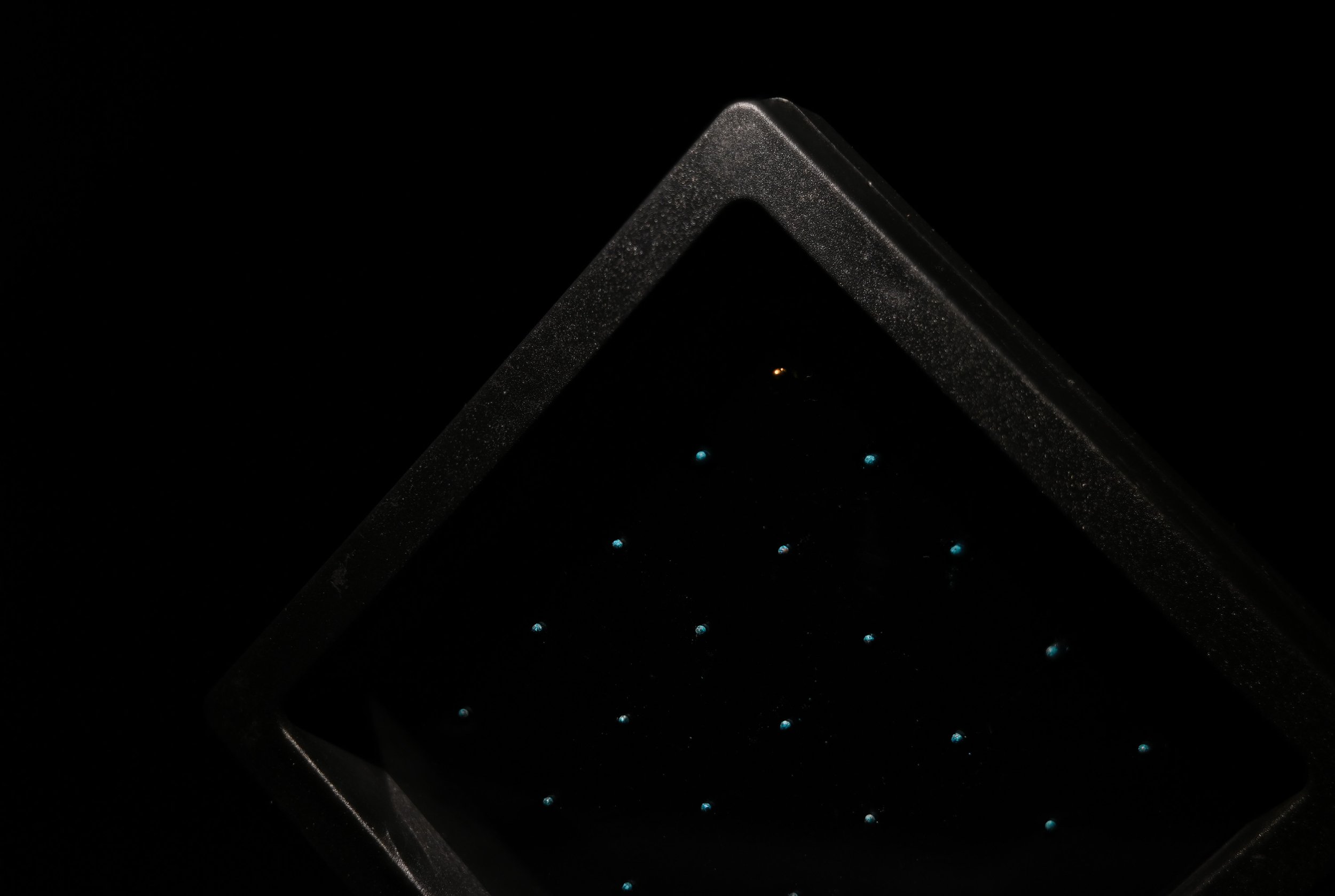
Jack Madden
29 Atmospheres
Looking back at Earth from the edge of our Solar System, Voyager 1 snapped a photo that would contextualizeour home as a tiny blue dot in a vast field of darkness and stray starlight. When Carl Sagan spoke about thisimage, the tiny blue dot represented the stage on which everything we know, have ever known, and will everknow will play out. Today, we are finding more Earths. More places that would be blue dots, indistinguishablefrom Earth, until closely examined. From what we’ve found so far, the shortlist for Earth-like planets aroundother stars contains 21 unique worlds. We know virtually nothing of these places except that they exist inconditions that could render them habitable. As we continue to study these places, one indicator of Earth-likeconditions will be the presence of a blue atmosphere. A blue atmosphere is an evolutionarily important, deeplyengrained symbol of fair conditions to humans. As greenhouse gasses increase, our perception of a habitable atmosphere is decoupling from Earth at the same time we meticulously scan these 21 atmospheres for anEarth-like blue. This work shows 21 small spheres to represent the 21 best guesses we currently have foranother Earth-like planet. Using a copper carbonate patina reaction that pulls in carbon dioxide, each spherefixes CO2 to create its own pale blue texture that resembles a habitable world. Remaining is Earth, with anunknown future, reversing what is currently known and unknown about these planets at a scale that places everything in context.
Jack Madden uses his experience as a scientist and artist to research and design creative ways of connecting us more closely to the universe. He holds a Ph.D. in astrophysics from Cornell University where he studied how to look for life around other stars and has an M.F.A. in Digital+Media from the Rhode Island School of Design where he built immersive spaces about cosmic solitude. Jack creates art, language, and experiences around bridging the gap between unfathomable scientific discovery and genuine human understanding using rich data, powerful computation, scientific tools, open-source practices, and a cosmic perspective. His achievements range from discovering an extragalactic pulsar to winning the RISD Museum's Dorner prize, and he has had artwork exhibited on the International Space Station. Jack has articles on how meteors melt the moon's surface, how our solar system looks from far away, how to look for life on other planets, and on virtual reality for astronomy education. His turn to art is an experiment in uncovering new ways of doing science that embrace the humanity of the pursuit. His artincludes data-driven dissections of how language is connected in dictionaries, sculptures of scientific equations, pixel manipulations of deep space images, and solitary installations that bend light and dark. He currently lives in Pasadena, CA
@astromadden